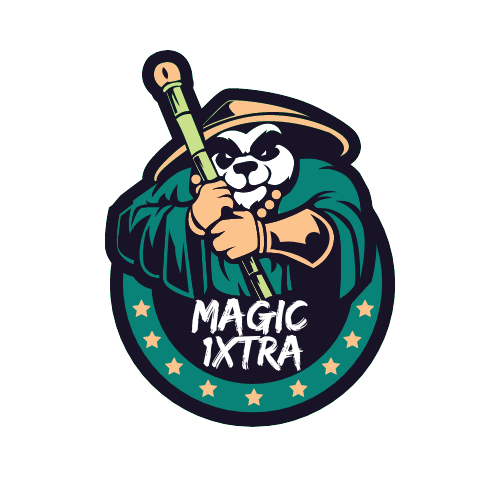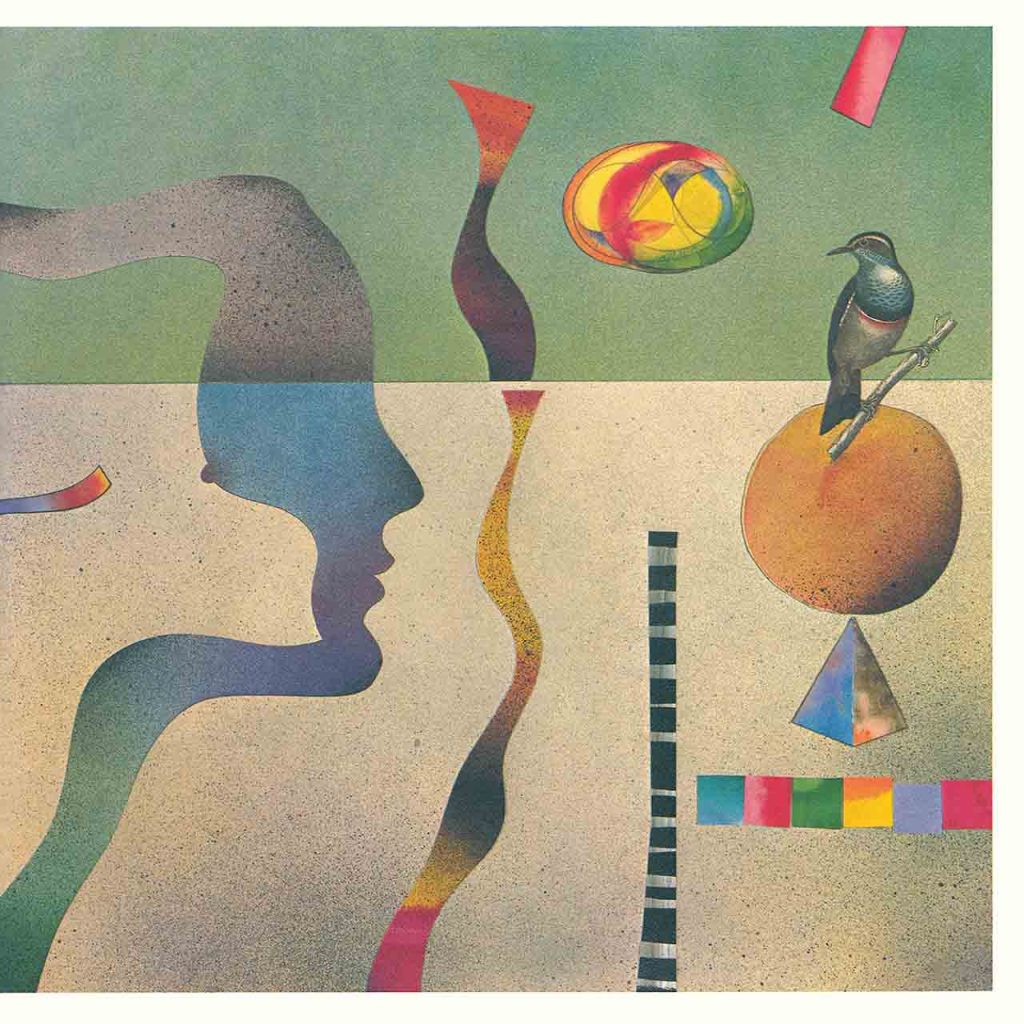Once describing himself as “a blues piano player with chops,” Gene Harris rose to fame as the flamboyant, nimble-fingered leader of The 3 Sounds, a popular soul jazz trio who cut 17 consistently brilliant albums for Blue Note Records between 1958 and 1969. Such was their success that the trio landed one of their LPs – 1968’s Elegant Soul – on the US Jazz and R&B Albums charts. However, the group dissolved with the arrival of the 1970s, which witnessed the rapid decline of straight-ahead jazz’s popularity. Staying with Blue Note, Harris elected to pursue a solo career that saw him widen his musical horizons in 1975 with the cosmic-themed Astral Signal. In this ambitious confection, he expanded his tonal palette beyond the trio format by adding lead and background vocals together with an array of synthesizers, horns, electric guitar, and percussion.
Harris was born Eugene Haire in Benton Harbor, Michigan, in 1933. Fascinated by the boogie-woogie piano music of Pete Johnson and Albert Ammons as a youngster, Harris learned to play by ear at age nine. After honing his piano skills in the US military with the 82nd Airborne Division Band, he returned home in 1956 to form The 4 Sounds, which slimmed down to become The 3 Sounds comprising Harris with bassist Andrew Simpkins and drummer Bill Dowdy. A move to New York in 1958 resulted in the trio signing with Blue Note Records and producing a succession of fine albums including Bottoms Up!, Blue Hour (with saxophonist Stanley Turrentine), and Here We Come. The trio’s accessible blend of bluesy hard bop improv fused with toe-tapping, soul-jazz grooves quickly made The 3 Sounds one of Blue Note’s most popular acts.
Listen to Gene Harris’s Astral Signal now.
Fast forwarding to 1975, Astral Signal with its fusion flavor seemed a world away from Harris’ virtuosic piano exploits in The 3 Sounds. His musical armory now included electric keyboards, like synthesizers and the Fender Rhodes piano, which brought a distinctly contemporary vibe to the proceedings. Harris’ transformation from a traditional acoustic pianist into an ultra-modern multi-keyboard warrior stemmed from an instinct for musical survival in a world where straight-ahead jazz no longer seemed relevant. Like his fellow soul jazz pianist Les McCann, Harris reinvented himself for a younger audience, one more open to the concepts of fusion and musical cross-pollination.
Harris also surrounded himself with musicians with pronounced R&B connections; like New Orleans-born pianist Jerry Peters – renowned for his work with The Friends Of Distinction, Isaac Hayes, and Jerry Butler – who produced the album, together with the prolific bass supremo Chuck Rainey (whose credits ranged from Aretha Franklin to Steely Dan) and former Head Hunters sticks man Harvey Mason.
Opening Astral Signal with an intro comprised of otherworldly sound effects, Harris then spoke to his listeners directly, welcoming them to “a universe of love, beauty, and other funky things” before getting the LP underway with a haunting revamp of singer Bobby Goldsboro’s 1973 smash “Summer (The First Time).” It was the first of four pop hits to receive a radical Harris makeover on the album, the others being Creedence Clearwater Revival’s stomping “Green River,” Chicago Transit Authority’s “Beginnings” (on which Harris sang lead vocals for the first time in his recording career) and Sly & The Family Stone’s provocative Black Power anthem, “Don’t Call Me N***er, Whitey,” driven by a squelchy synth bass. Also noteworthy were “Roots,” a gospel-shaded piano blues – the nearest Harris got to The 3 Sounds in terms of style – and the much-sampled “Losalamitoslatinfunklovesong” and “Feeling You, Feeling Me Too!,” both mellow grooves occupying similar musical terrain to the Donald Byrd and Bobbi Humphrey Blue Note albums masterminded by Larry Mizell’s Sky High Productions during the same timeframe.
Losalamitoslatinfunklovesong
Click to load video
Combining a loved-up cosmic consciousness with the panoramic sonic sweep of a large canvas approach, Astral Signal was the most ambitious album of Gene Harris’ storied career. Though it wasn’t a huge commercial success, its sample-friendly sounds later influenced hip-hop acts like Compton’s Most Wanted, Jermaine Dupri, and Freddie Gibbs, helping to introduce Gene Harris to a new generation of listeners.



